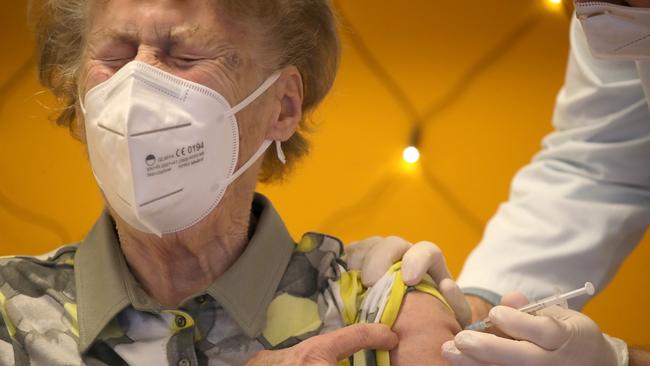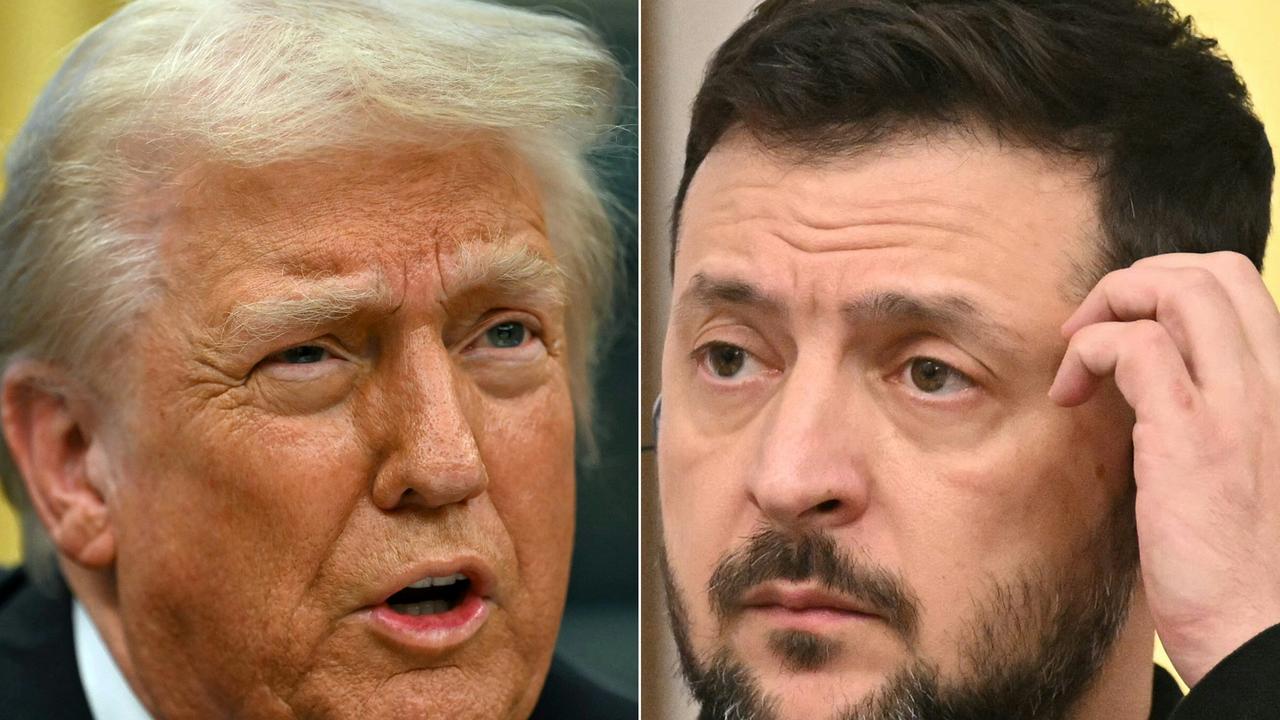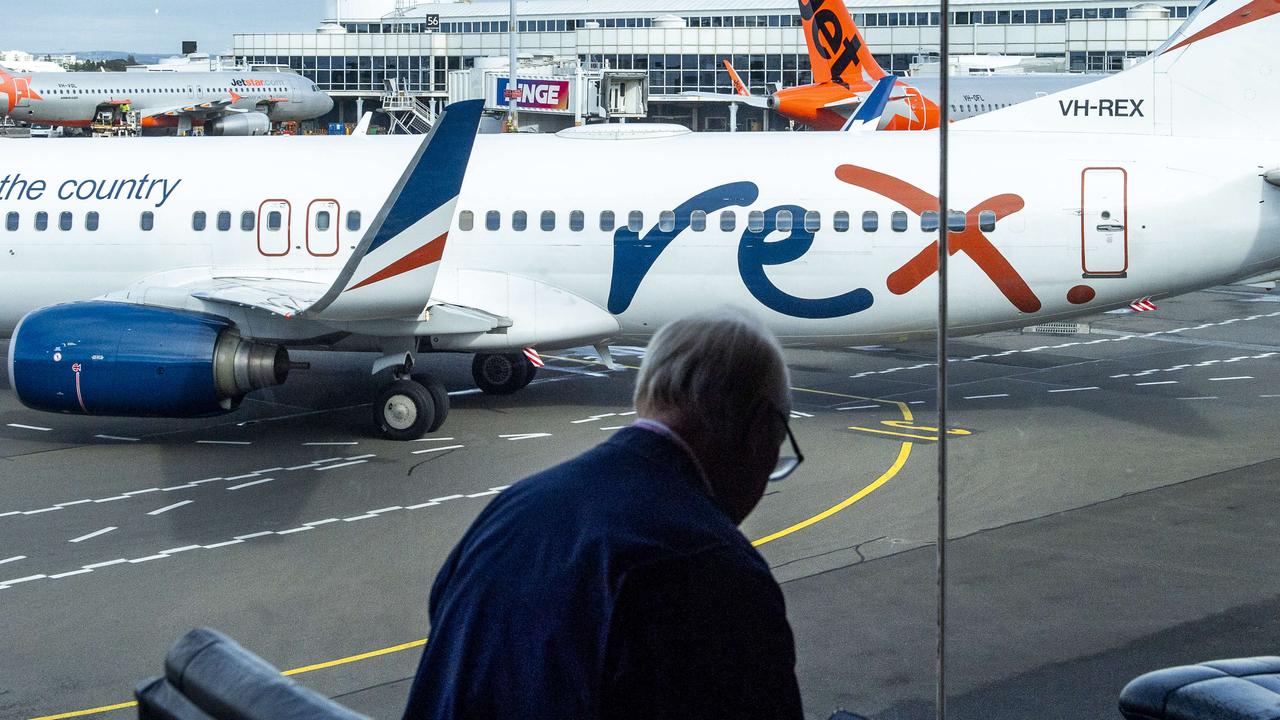
Where is the vaccine? It’s being jabbed into the arms of emergency care workers and senior citizens in the UK, the US, and the EU; in Israel, Chile and Bahrain.
Australians, by contrast, are being told they have to wait until March. (Early March? Late March? There’s precious little detail in any of the press releases.)
Federal Health Minister Greg Hunt says he’s happy with a delayed rollout, just to be safe.
It is, in fact, a very dangerous idea. If we have learned anything about COVID-19, it is that it’s a slippery little sucker. It can, and easily does, escape hotel quarantine. That’s probably what happened in Sydney early in December. As most people know, NSW is taking far more returning Australians than any other state (NSW has taken more Victorians into hotel quarantine than Victoria, largely because Dan Andrews cannot have another outbreak).
NSW is shouldering most of the burden of getting fellow Australians home, and therefore the bulk of the risk, only to find itself being punished by the other states, which promptly closed their borders. It would do Victoria well to remember how easily this can happen. After all, it’s precisely what happened in Victoria earlier this year. The virus jumped quickly from returning travellers to security guards, to Uber drivers, to the public housing towers, to nursing homes. More than 800 people died. Andrews had to lock down the whole state to get the infection under control.
Now, thank goodness, we have a vaccine … but we’re delaying the rollout. Why?
This hasn’t been the approach of other Western countries. In Germany, for example, a young pilot, Samy Kramer, took to the air in a sweet, two-seater Diamond Katana to celebrate the arrival of the vaccine by drawing a 70km-long syringe, 5000 feet in the air. It was a display of pure euphoria, and it’s been mirrored around the world.
At the time of writing, more than 4.8 million doses of the vaccine had already been administered (note: most people will get two doses, so that’s not the total number of people vaccinated).
Israel’s Prime Minister, Benjamin Netanyahu, last week announced a nationwide rollout and is aiming to get the jab into 150,000 people a day. This means they will have inoculated more than two million Israelis by the end of January. Netanyahu, 71, got the first dose on live TV. The mighty Rabbi Yitzhak Yosef has declared vaccination mandatory under Jewish law as part of the push to get everyone on board.
Here in Australia, we know COVID-19 is still active in hotel quarantine. So, what happens when — not if — the virus next escapes quarantine in Victoria, or Brisbane, or Perth? People die.
So, again, why are we waiting?
We take so many risks, while we wait. We risk the arrival of a new strain, which may be more lethal than the last. We risk having to go into lockdown again. We risk more people getting sick and dying. Is the risk from an early rollout actually greater than the risk of an outbreak? Nobody can say for certain, but it seems not.
The Pfizer-BioNTech vaccine is likely to be the one Australia gets. It’s the one already being given to British frontline healthcare workers and nursing home residents. This may, in turn, explain some of the delay. Pfizer does not have the kind of sophisticated manufacturing plant it needs to make the vaccine in Australia (these factories do exist in the US, Belgium and Germany).
So Australia can’t manufacture the vaccine locally, meaning we had to secure a deal to import 10 million doses. This order would be enough to cover only five million people, since two doses per patient are necessary. Australia has to wait for the vaccine to be made, stored, and delivered — in line with (and perhaps behind) other countries.
Hunt has said he is keen to see “data” from the British rollout. But the Pfizer shots have already been tested on thousands of people. Preliminary results have suggested the vaccine is 95 per cent effective in preventing the disease. The “data” reveals only short-term effects (bruising at the needle site and so on). A major adverse event is now considered “very unlikely”. That’s stage three of the testing done.
Stage four can come only after the vaccine has been rolled out. It comprises ongoing surveillance to make sure the vaccine is safe for pregnant women and children. But that’s no reason for the government not to get started.
People say, OK, it’s coming in March and that’s not too far away. But we’ve still got the socialising months ahead of us. The cricket, the tennis, holidays, the beach. Also, Australians want to get on with their lives. They want to travel overseas, maybe even this summer, to see relatives not seen for almost a year. They want their parents, children and siblings to come home. Students want to take up study places. Backpackers have got itchy feet.
The threat of further lockdowns needs to be eliminated. People can’t plan a holiday when they know the Queensland border might close the minute somebody sneezes in Tullamarine.
Free, universal public health — it’s what we do in Australia. We should be showing the way.



